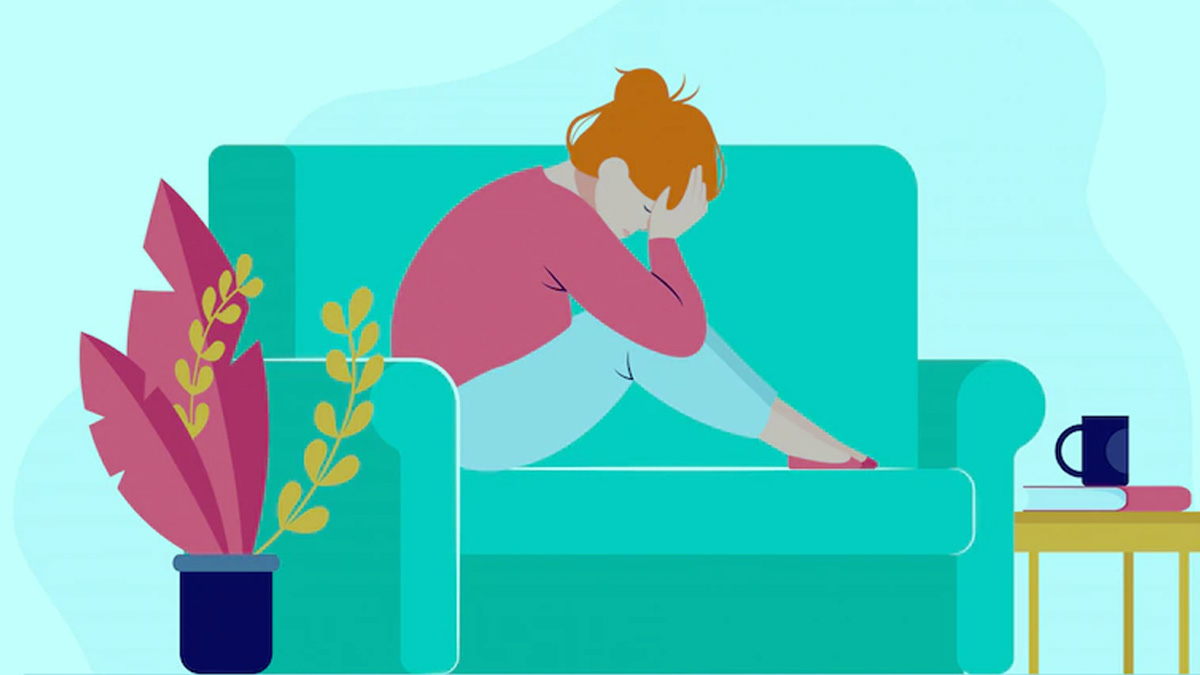
The postpartum period brings along a lot of complications and one among them is postpartum haemorrhage. PPH or postpartum haemorrhage is a health condition where excess bleeding occurs in the genital tract after birth. One in 100 women suffers from postpartum haemorrhageand it's also one of the leading causes of maternal sickness and mortality.
The issue usually occurs when the placenta is delivered. However, it can also happen later during the postpartum period. We spoke to Dr. Monica Agarwal, Senior Consultant - Obstetrician & Gynaecologist, Cloudnine Group of Hospitals, Chandigarh and asked the expert to explain the health condition in detail.

When the placenta is delivered, our uterus contracts to push it out. If the uterus fails to contract, the blood vessels bleed freely. If parts of the placenta stay attached, bleeding increases. This is one of the most common causes of postpartum haemorrhage.
Some new mothers are at a higher risk of postpartum haemorrhage. The following conditions add to the risk -
Don't Miss: Postpartum Bleeding Or Lochia: Expert Shares All About The Vaginal Discharge

Postpartum haemorrhage is a medical emergency and requires immediate diagnosis of cause to stop bleeding as soon as possible. Treatment usually involves the following steps -
Don't Miss: Postpartum Depression May Be The Culprit Behind Why You Can't Connect With Your Baby
To prevent this health condition, would be mothers should take the following preventive measures -
Choose your hospital carefully. The centre you choose must have the facilities to deal with any complications., Iit should be 24*7 functional with availability of gynecologist, neonatologist, anesthetist and other staff to handle emergencies.
After recovering from postpartum haemorrhage, it is imperative you go for a follow up with your doctor. Other than taking care of your physical health, diet, make sure you keep a check on your mental health too. Ask for support from your family during this period, don't hesitate reaching out to an expert for psychological counseling.
Also watch this video
Herzindagi video
Our aim is to provide accurate, safe and expert verified information through our articles and social media handles. The remedies, advice and tips mentioned here are for general information only. Please consult your expert before trying any kind of health, beauty, life hacks or astrology related tips. For any feedback or complaint, contact us at compliant_gro@jagrannewmedia.com.